DTRI History
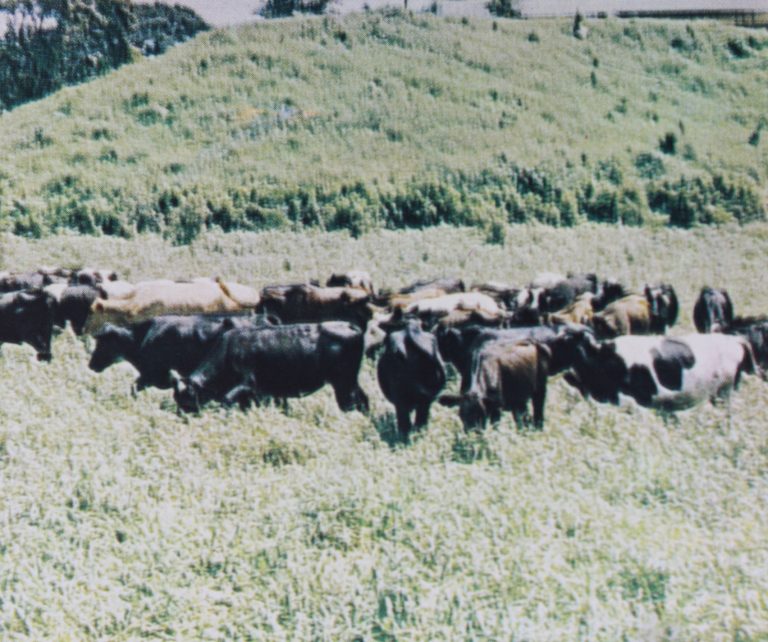
1909-1923
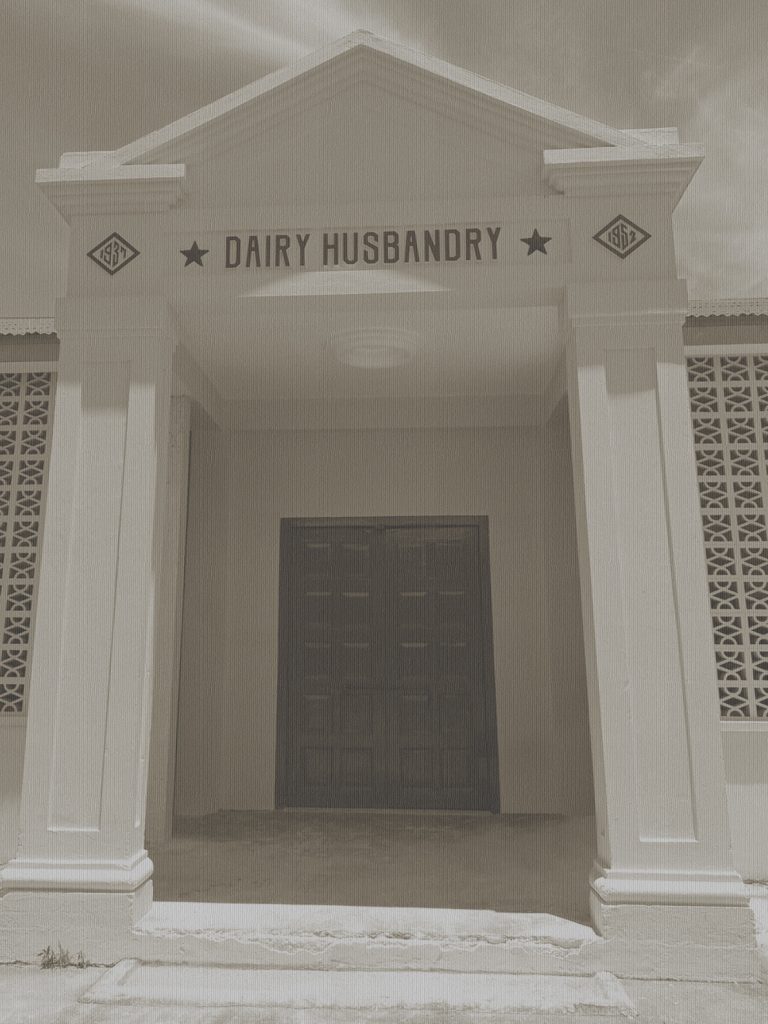
1955

1957-1959
The establishment of the Dairy Training & Research Institute (DTRI) was perceived in 1957 through the Food and Agriculture Organization (FAO) initiative. Mr. E.A. Mclaughlin, a dairy production expert, was assigned to the Philippines on November 15, 1957 to May 1, 1958. He advised the government on the improved methods for increasing output and raising efficiency of the dairy cattle industry.
After McLaughlin’s assignment, Mr. Ian D. MacRae came on April 17, 1959 upon the request of the Philippine government. His recommendation focused on pasture production and marketing. He also recommended to FAO the establishment of a dairy training and research institute.
1961
On April 20, 1961, a memorandum of agreement between the University of the Philippines (UP) and the Department of Agriculture and Natural Resources (DANR) was signed. The institute was envisioned to be semi-autonomous under the general administrative supervision of UP and located in the campus of the College of Agriculture (CA) in Los Baños, Laguna.
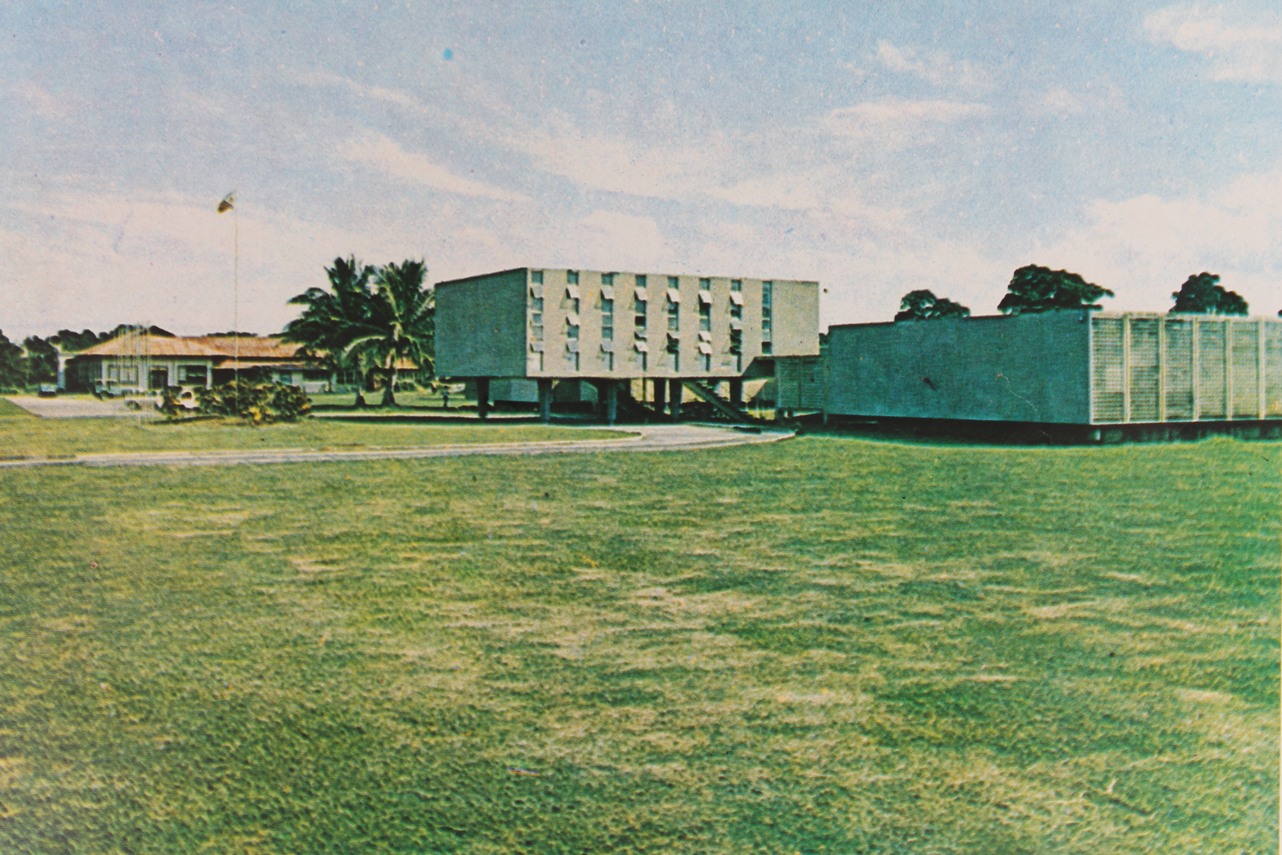
1962
On September 19, 1962, the UNSF with FAO as executing agency approved the plan of operations conceived by the
Philippine government and FAO. DTRI was built upon UPCA’s Dairy Husbandry Division. The UPCA dairy farm was turned over to DTRI upon its establishment. Additional facilities were installed, pastures improved, and new animals were
introduced.
On November 1 of the same year, DTRI became operational. MacRae was acting project manager at that time until Dr. W.J.A. Payne, the project manager-designate arrived on March 1963. The government provided initial funds for its initial operations.
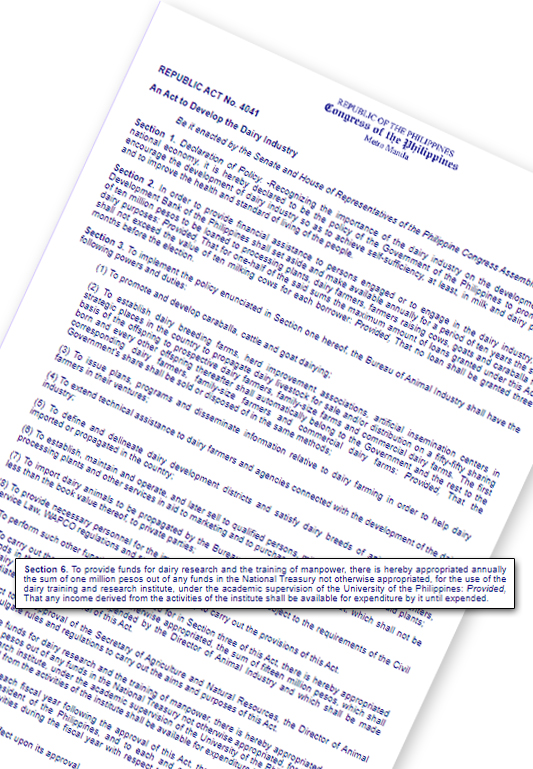
1964
1965
DTRI and BAI entered into an agreement to jointly establish the National Artificial Breeding Center (NABC) in Alabang, Metro Manila. The center would cater to the animal breeding needs of small-scale farmers, commercial farms and ranches.

1966
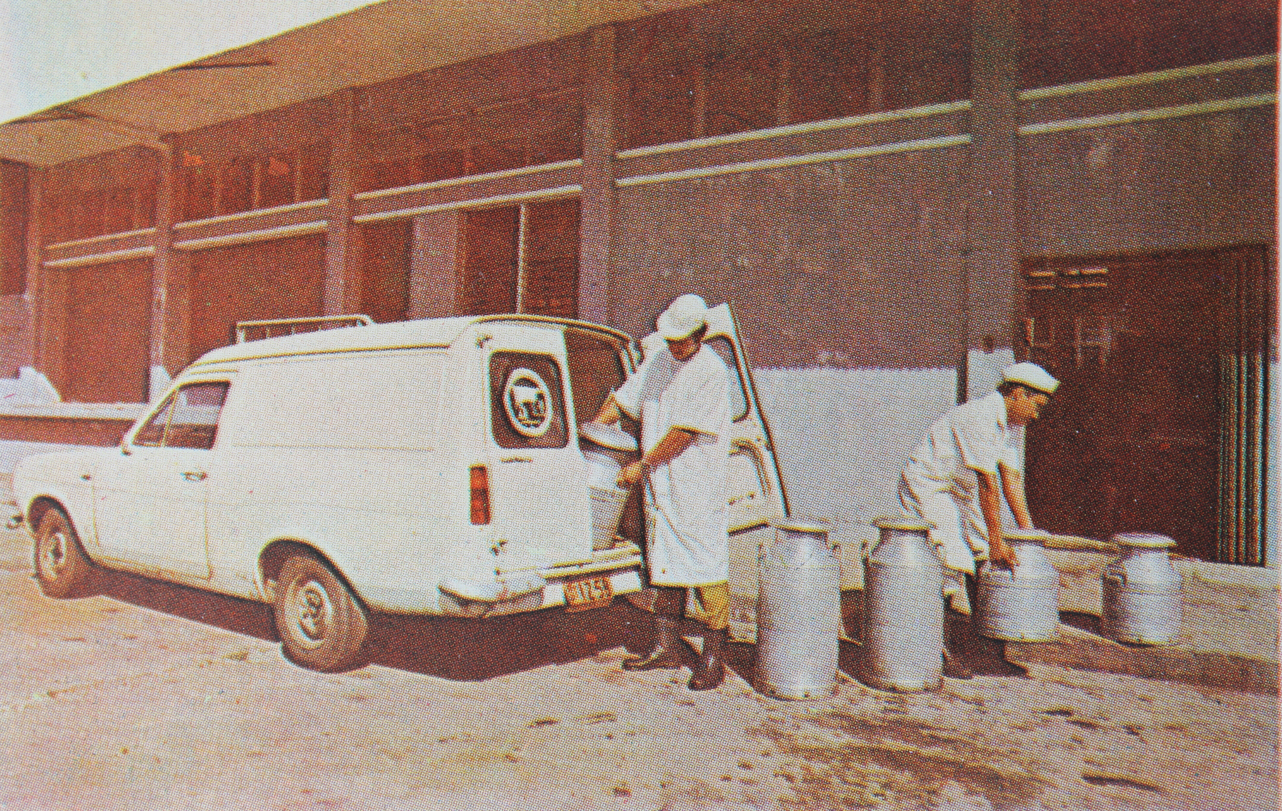
1967
DTRI implemented the milk collection program known as Los Baños Milk Collection Scheme (LBMCS). It is a pilot dairy extension project (which later grew into a full-blown extension activity) for farmer-cooperators in selected areas of Laguna, and later in Rizal.
It started as a pilot project in the collection of carabao’s and cow’s milk from backyard dairy farmers. The scheme encouraged farmers to milk. Its major activities included milk collection, processing, and marketing; AI and veterinary services; and extension education on improved dairy production methods.
It was also during this year that the DTRI dairy processing plant was built and became operational. Moreover, DTRI's Oras ng Maggagatas radio program (later known as Pagatasan sa Nayon) was aired over radio DZLB. It provided dairy information for the farmers and carried messages for LBMCS.

1969
1971
DTRI served as Regional Dairy Development and Training Center for Asia and the Pacific (RDDTCAP) until 1980. The RDDTCAP, under the FAO-Danish International Development Agency (DANIDA) program, trained participants from Southeast Asian countries and the Pacific twice a year.
1972
The declaration of martial law led to the government’s control of mass media. The incident resulted to the discontinuation of radio DZLB’s operation where DTRI’s extension arm* “Pagatasan sa Nayon” was aired. The program resumed airing in 1974.
* Years later in 1995, UP launched its distance education/open university program. The idea of which, according to then UP president Emil Q. Javier, came from DTRI’s school-on-the-air “Pagatasan Sa Nayon”.
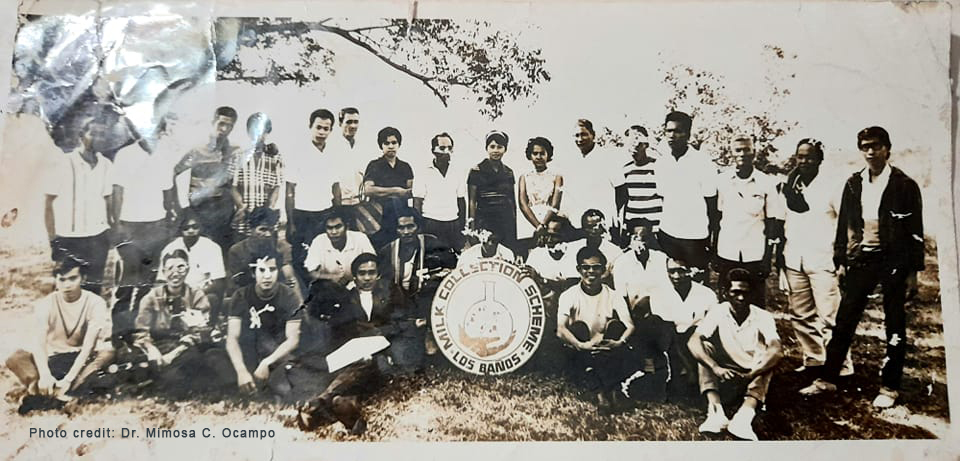
1975
DTRI launched a new milk collection program that catered to backyard, semi-commercial, and commercial dairy farms. The small dairy farmers were still its primary concern. In addition to dairying, it covered developmental areas including nutrition, health, environmental sanitation, family planning, food production, sewing classes, and other community project.
From 1975-1979, an America Peace Corps and several Japanese Overseas Cooperation volunteers were detailed at DTRI to share their expertise.1980s
It was also during this decade that research on dairy technology focused on product development, particularly on cheese-making. It utilized indigenous resources such as coconut milk as extender and calamansi juice as coagulant. Cow, goat, and carabao milk were usd as local substitutes. Other research findings were rice straw technology, rice forage utilization, syrup from whey, sweet curd utilization for fresh coconut macaroons, and coryblue or blue cheese from carabao’s milk.
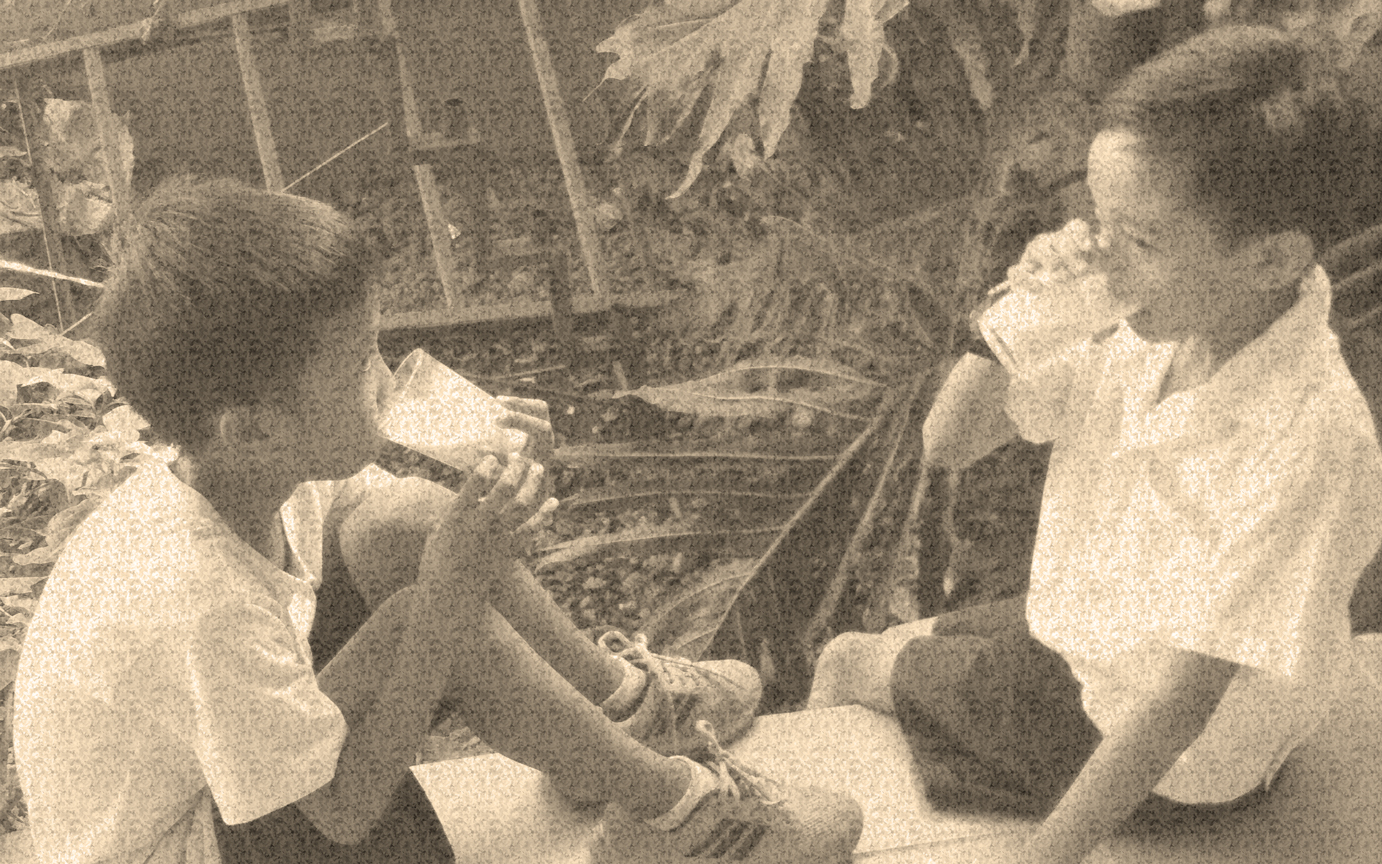
1981
DTRI and the Cooperative for American Remittances Everywhere (CARE) launched a school milk-feeding project. The project aimed to promote milk consumption to improve nutrition of school children. It also encouraged parents to raise dairy animals in their backyards.
1983
On January 1983, DTRI was placed under the umbrella of the UPCA. However, the institute continued its autonomy from the college except for administrative matters which are subject to appropriate action or endorsement by the college dean.
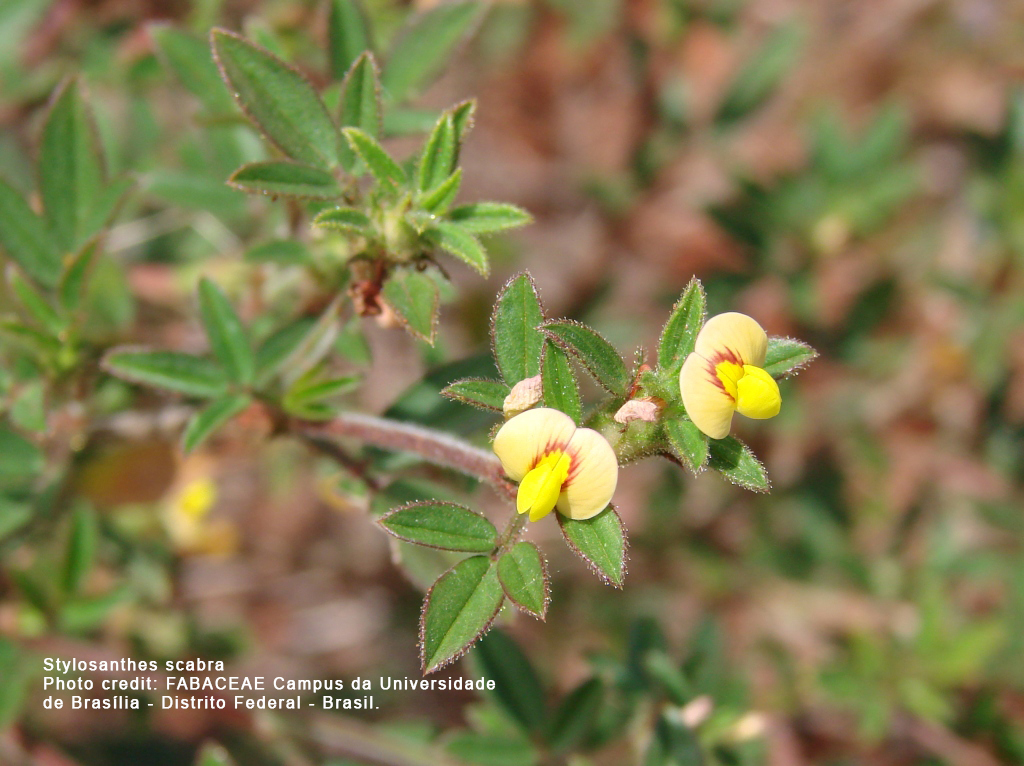
1990s
Moreover, DTRI developed and improved dairy products such as niyogurt, kesogurt, curd products, milk jams, rennet substitute, and root-based cookies with milk.
DTRI also discovered a new method for calculating liquid milk equivalent (LME) based on total milk solids (TMS). Key government officials recommended this method for national implementation.
Another accomplishment was the isolation of lactic acid from kesong puti and raw milk which could be preserved for future potential use as dairy and silage starters.
1994
On December 1994, UPLB through DTRI hosted the first Regional Refresher Seminar (Asia and Pacific) Prerequisite for Sustainable Dairy Development. This was funded by the International Agricultural Center (IAC) of Netherlands. The participants of this course included some DA and DTRI staff.
1996
It was about this time that a plan of clustering DTRI with IAS and some of its staff to be merged with the Institute of Food Science and Technology (IFST) was conceived. This was in conjunction with the proposed re-organization of CA into the College of Food, Agriculture and Resources Management Science (CFARMS).
1997
2003-2004
The UPLB-CA reorganization scheme was approved by the Board of Regents of the UP system on January 30, 2003. The Animal and Dairy Science Cluster (ADSC) was formally created on October 1, 2004 as one of the five clusters of the reorganized UPLB College of Agriculture.
The ADSC was a merger of the Institute of Animal Science (IAS) and DTRI. DTRI became just one of the divisions of the cluster. However, the appropriated budget as provided by R.A. 4041 remained to be funds for DTRI's operations.
2016
On December 2016, the UP Board of Regents approved the renaming of the College of Agriculture (CA) to College of Agriculture and Food Science (CAFS) with re-structured organizational structure composed of five degree-granting institutes and four RDE institutes/centers. DTRI was one of the identified RDE institutes in the re-structured CA.
2017
On February 2017, DTRI and IAS were officially separated. The CA was renamed College of Agriculture and Food Science (CAFS). With DTRI as one of the units, nine units (five degree-granting and four research and extension centers) composed the CAFS.
As one of the independent units of CAFS now, DTRI regained her status to carry out her mandate as the sole dairy training and research institute in the country. With its new director in the person of Dr. Amado Angeles, DTRI envisions to move forward in supporting the local dairy industry through research, instruction, and extension.
